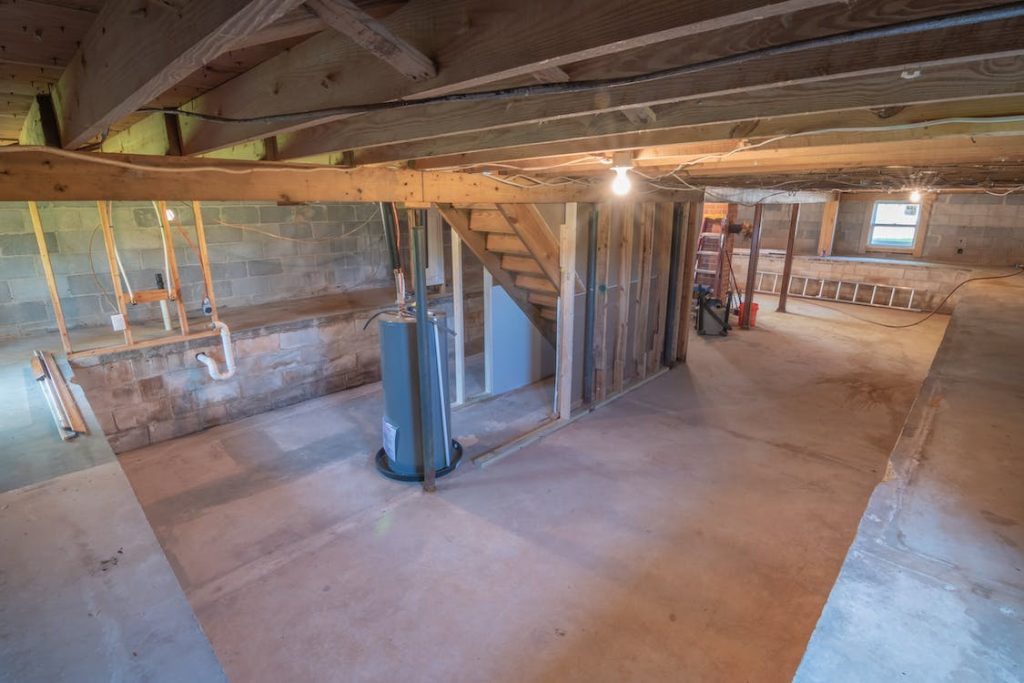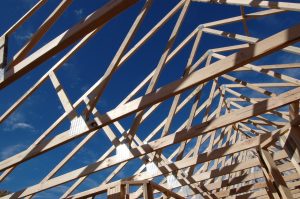Coober Pedy is an amazing place. It’s not that pretty, it sits in the middle of deserted, dry land and for most of the year it is unbearably hot and the flies a constant irritation. The South Australian Outback is the most barren part of Australia and Coober Pedy sits right in the middle. Yet visiting there leaves you with a feeling that you have seen one of the world’s most special places and tales about the town recounted afterwards are more often than not favourable. The town used to be covered by ocean some 150 million years ago but when the ocean receded, sandy silica materials flowed and solidified over time creating an industry with which Coober Pedy is world famous for; opals.
However, this is not the most fascinating thing about this iconic Australian town. What is amazing is that to escape the dry searing heat most people live underground. Initiated by opal mining, a warren of underground homes, shops, backpackers, hotels, motels, leisure facilities and churches have been carved into the underground rock. The notion of pitch black and damp surroundings is immediately expunged when you see the majestic sandstone walls illuminated with underground lighting. The most amazing part of living underground, however, is how cool it is. Temperatures of 45 deg. C are extremely uncomfortable for most and the reason why over 50% (some say 80%) of the population lives underground. Living underground in Coober Pedy is truly a wonderful experience and existence.
Why aren’t more Homes in Australia Built Underground?
Given the subterranean beauty of Coober Pedy why don’t more Australians build underground? You would think that Australian home-owners would take advantage of building underground, especially as in summer the whole of Australia swelters. Well, unlike Coober Pedy most cities in Australia are not built on sandstone, a rock which is easy to excavate but also strong and stable enough to support habitability.
Building an underground energy-efficient extension in many urban areas in Australia can be fraught with problems and hurdles. The following are major inhibitors we come across which deters home-owners and builders from extending or renovating underground:
Water Ingress: this is the leaking of water into a confined space. This usually occurs where a high water table (the level below which the ground is saturated with water) exists. Water ingress can lead to corrosion and the possible failure of building structure. There is also the potential for the formation of an underground water reservoir instead of your intended cellar or garage.
Shoring your Home: to build an extension underground requires the shoring (building of a support structure) of your current home so that it does not collapse during excavation. This is usually quite expensive.
Underpinning your Home: due to the excavation of soil supporting your home, it is necessary to underpin or strengthen the foundation of your existing building. Again, this is inherently costly.
Drainage of Ground Water and Stormwater: groundwater is water that is located below the earth’s surface. Over time, water from rain and rivers migrates along the soil layers and is then stored in the porous soils and rocks. Stormwater is the water draining off a site from the rain that falls on the roof and land, and everything it carries with it. In both cases, it is vital that the drainage is managed efficiently and within the rules and regulations set out by your local council.
Excavation and Soil Disposal: One of the major costs of excavation is the disposal of excavated soil, stone and other debris. Another hurdle is if the machinery required to excavate cannot access your building site. This can render the project and no-goer.
Retaining Walls and Waterproof Membranes: Retaining walls, basements and foundations are difficult to waterproof effectively. There is always the potential for groundwater and surface water to run off into your new extension. Waterproofing needs to be undertaken by experienced practitioners.
Cost of building underground
The cost of building a sub-ground extension is on average 50 to 100% more per square meter than an above-ground extension. Much of this extra cost is a result of overcoming the problems mentioned above.
Conclusion – So, Should I Go Up, Out or Down?
Generally, space is a little more generously apportioned here in urban Australia than many other crowded cities around the world, meaning there is usually scope to extend your home out or upwards without the need to go underground.
Here in Victoria we rarely undertake underground additions or renovations as they are very difficult to complete due to the existing structure and the other issues mentioned above. Any underground extensions can only be generally done where your home is on a steep site and is unusually high or elevated off the ground at one end.
In newly built homes it is easier to dig and construct a basement prior to the rest of the structure being built. However, even such spaces are far more costly to construct per square metre compared with the average on ground construction.
We would always recommend building up first if space allows. You will get more space for less cost as well as the benefit of a lot more natural light. Underground basements are only good as cellars or garages and only worthwhile if there is nowhere else to go due to lack of space – or you live in Coober Pedy.




